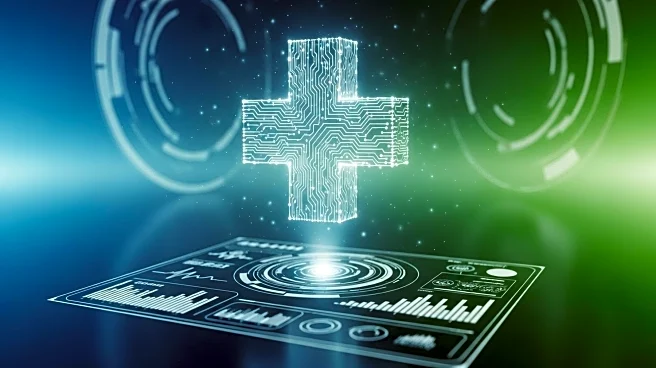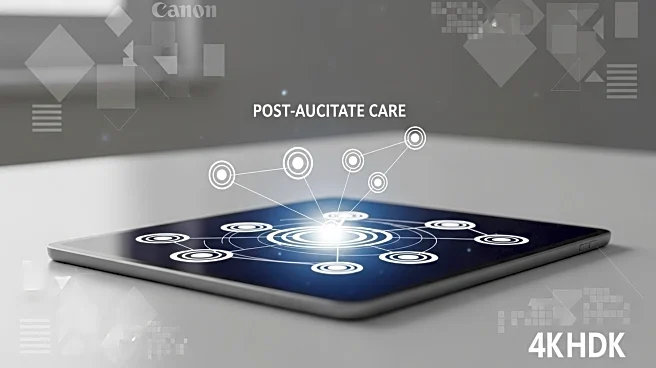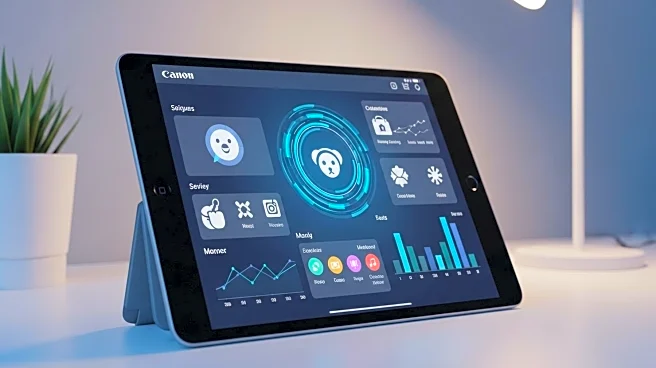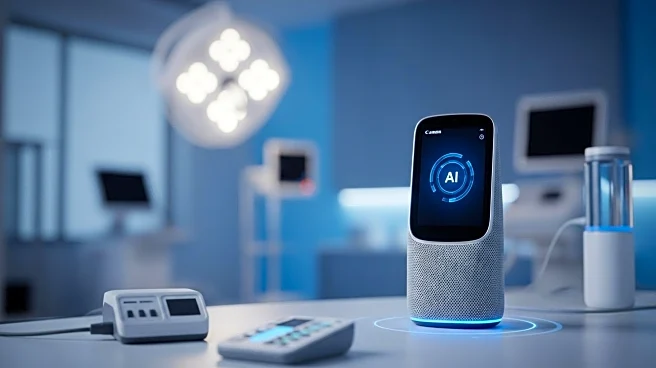What's Happening?
The healthcare industry faces challenges due to disconnected systems, which impact workforce efficiency, economic margins, and patient safety. Up to 97% of healthcare data goes unused due to siloed operations. Tim McDonald, Chief Patient Safety and Risk Officer at RLDatix, emphasizes the importance of connected technology in improving patient safety and workforce efficiency. Seamless data access reduces errors and enables faster decision-making, especially during emergencies. Connected technology also helps uncover insights from past safety incidents, allowing healthcare organizations to prevent future harm. Successful implementation of technology requires collaboration and leadership alignment, with input from patients and families to ensure positive impacts on care.
Why It's Important?
Connected technology in healthcare is crucial for improving patient safety and care quality. By enabling seamless data access and communication across departments, healthcare organizations can reduce errors, improve efficiency, and make informed decisions. Aligning leadership and fostering collaboration among staff, patients, and families ensures smooth technology implementation and enhances patient outcomes. This approach not only addresses immediate safety concerns but also supports long-term improvements in healthcare delivery.
Beyond the Headlines
The integration of connected technology in healthcare highlights the need for a cultural shift towards open communication and collaboration. By involving patients and families in decision-making processes, healthcare organizations can better address safety gaps and improve care navigation. This approach fosters a culture of trust and transparency, ultimately leading to higher-quality care and better patient experiences.











